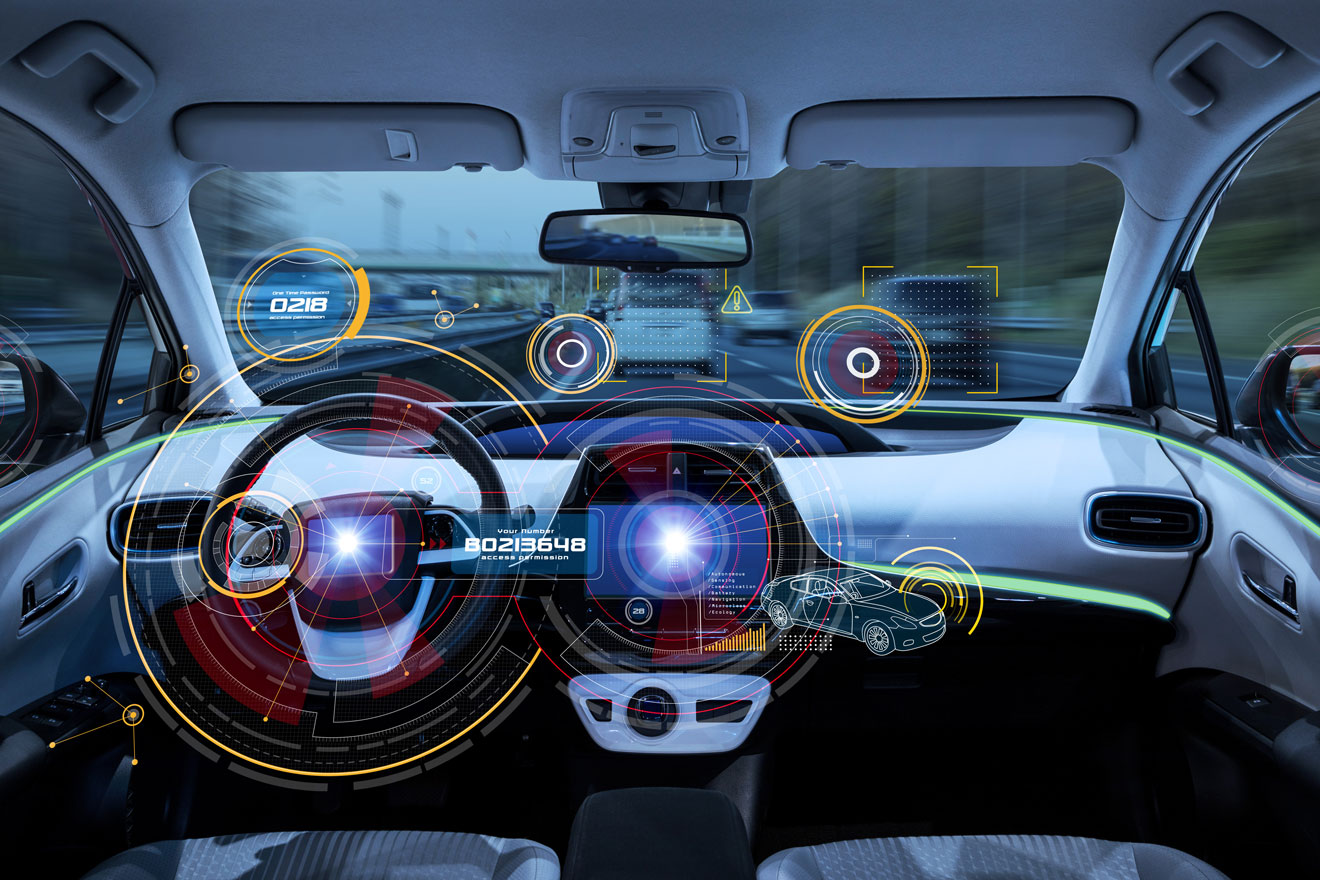While 5G’s quicker speeds might suggest it’s about letting us do ‘the same, but better’, the technology provides a very particular set of new opportunities. In this article we’ll look at what 5G will really let us do by exploring 5G applications that simply would not be possible with any other wireless network.
Virtual realities
Although 4G networks have allowed consumers to start appreciating what virtual reality would be like, issues of latency and capacity have placed severe limits on the experience. Latency (the time it takes for an input to turn into an output) is essential for creating an immersive virtual reality: if you turn your head to the left while moving forward (the input) the video feed you are receiving (the output) needs to change instantly for you to believe in it.
4G provides an optimal latency time of about 50 ms, but in real-life conditions, when combined with a lower rate of data transfer than 5G, this results in long enough wait times to ruin all but the most constrained virtual realities. By contrast, 5G’s latency time of 1 ms, combined with a data transfer rate of 10 Gbps, enables the seamless interaction between inputs and outputs that truly interactive virtual realities depend upon: 5G will make ‘live’ virtual experiences possible.
Unlike 4G, 5G virtual reality will be able to offer ‘6 Degrees of Freedom’. This means users are able to rotate their view of the virtual environment around 360° in real time and move through the physical and virtual environment at the same time. Most VR we encounter today, through headsets like Google Cardboard only operates with ‘3 degrees of freedom’: you can rotate your head and look around but your physical movements will have no effect on the virtual reality.
The reason for this limitation is the difficulty, for current wireless networks, of sending and receiving information about head rotation at the same time as movement through space: the volume of data being transferred combines with latency issues to create lags that ruin the seamlessness required for immersive VR. 5G changes that.
5G networks will be able to simultaneously send and receive information about all kinds of physical movement (even touch data, depending on the sensors used) to create more immersive virtual realities, with no latency issues or strain on bandwidth.
5G’s low latency and ease of data transfer will make virtual reality a reality:
- Users will be able to experience events in stadiums or cities ‘live’ from anywhere in the world, as if they were there.
- Recorded videos of events and arenas can be explored by the user moving and looking around in real time.
- People will be able to obtain support at a distance. 5G makes it substantially more feasible for specialists (such as doctors or service engineers) to examine issues and situations from their workplace virtually.
Augmented realities
While virtual realities seal users off from the world to create a fully immersive experience, augmented realities rely on 5G’s low latency periods and high data transfer rates to add to the user’s experience of world. Augmented realities can be used to provide all kinds of extra information on surrounding objects; they can ‘X-Ray’ objects, provide instant translations of speech, and offer alternative views and perspectives of a single event in real time.
5G is particularly well adapted for streaming services to lots of devices in one area, where 4G networks would quickly become clogged. With this in mind, Japan is implementing 5G in stadiums for the Olympics. 5G’s augmented realities are set to allow spectators to see multiple angles and perspectives of matches and events in real time through their own devices, and receive live translations of text and audio in real time. 5G allows this to become the norm for stadium events.
Connected cars
Although driverless cars are still some way off, cars already incorporate wireless communication: there’s satellite navigation with traffic information, advance warnings for servicing, and the ECall initiative now mandatory for all cars sold in the EU. 5G will allow for a degree of reliability and speed that will fundamentally reshape the uses drivers already make of wireless communications.
With moving vehicles safety is paramount: if truly connected and reliable reception cannot be guaranteed, any risk associated with sub-optimal performance of an application or device cannot be tolerated. As a result, latency and data transfer issues in existing 3G and 4G wireless networks have limited the ways cars can interact with themselves and each other. With 5G networks this has the potential to change.
5G infrastructures are designed to allow thousands of densely situated devices to communicate with each other efficiently and reliably. In a 5G city, this would mean cars could exchange data with each other and surrounding devices: think traffic-lights, road interchanges, and even parking spaces. Real-time monitoring and management of traffic would become a reality, easing disjointed journeys as traffic is managed immediately. For drivers, this would ease traffic jams, provide advance information on parking spaces, and make fuel consumption more efficient.
Ultra-HD and video game streaming
5G will allow for unprecedented amounts of data to be transferred. Where 4G offers 20 to 100 Mbps (in ideal conditions) and broadband ranges from 25 to 300 Mbps, in real-life scenarios 5G has already tested as offering 1 Gbps for users. This tenfold increase in data transfer makes streaming huge amounts of information entirely realistic with 5G technology.
With that comes the possibility of ultra high definition 4K and 8K video streaming. Ultra HD requires data transfer rates of 40 to 100 Mbps: a drain on existing technology but entirely feasible given 5G. While Ultra HD may seem beyond our viewing technology, in practice, the difficulty of reliably streaming in Ultra HD through 4G and broadband networks has limited the development of high definition screens: there simply hasn’t been the need. This is set to change with 5G, as the ability to stream huge amounts of data will come to be expected.
While streaming has become the norm for video and music, 5G can make video game streaming a reality. As with virtual reality and Ultra HD, playing modern video games via streaming services has, until 5G, been hampered by the huge size of video data required, and by issues of latency: a button needs to be pushed and the stream needs to respond immediately, all while huge volumes of HD video are being streamed every second. Video game developers are already announcing streaming services, and it’s the data transfer rates of 5G that are set to make these plans reality for users.
Conclusions
Until now, the data and latency limitations of wireless networks have placed limits on what we consider feasible. The unprecedentedly high data transfer rates and low latency times of 5G will give consumers opportunities that simply would not be possible otherwise. In particular, portable consumer tech focussed around virtual, augmented, and mixed realities look set to become a reality on a big scale: previous wireless networks simply couldn’t provide that.
That said, it would be wrong to think of 5G as a replacement to all existing wireless technologies: other alternatives will still be just as useful in lots of scenarios. For example, only if Ultra HD screens were to become the norm would 5G start being preferable to broadband and 4G for most streamed video. Instead, it’s better to see 5G as broadening our conception of what is possible.




